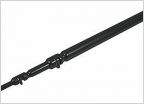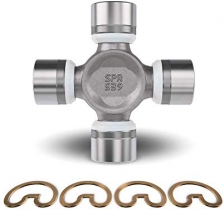-
Welcome to Tacoma World!
You are currently viewing as a guest! To get full-access, you need to register for a FREE account.
As a registered member, you’ll be able to:- Participate in all Tacoma discussion topics
- Communicate privately with other Tacoma owners from around the world
- Post your own photos in our Members Gallery
- Access all special features of the site
Question about appropriate wire gauge
Discussion in '3rd Gen. Tacomas (2016-2023)' started by Rujack, Apr 24, 2019.
Page 2 of 3
Page 2 of 3


 "Toyota" brand oil?
"Toyota" brand oil? What are the best, most easily installed hood struts?
What are the best, most easily installed hood struts? Bed lights
Bed lights AI box recommendations?
AI box recommendations? Hooke Tacoma Center Console Safe
Hooke Tacoma Center Console Safe














































































